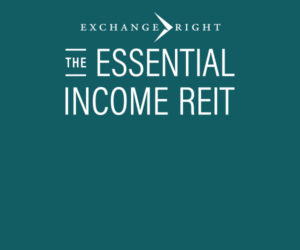Fed Signals End of Tightening Cycle; Interest Rates Reignite Opportunities
March 2019 | Marcus & Millichap
Interest rates fall as Fed shifts policy outlook. At its latest meeting, the Federal Reserve signaled an end to rate hikes this year, while reserving the potential for one increase in 2020. The Fed also announced its intention to end the runoff of its balance sheet, a process referred to as quantitative tightening. These steps have coincided with considerable financial market volatility and robust demand for Treasurys, which has pushed the 10-Year Treasury below the 2.5 percent range, matching the lowest yield since the beginning of 2018. The Fed continues to balance the prospects of slowing economic growth with inflation hovering in its target range. This has allowed for a more flexible approach to monetary policy, yet has led many economists and investors to consider the possibility of a rate cut from the Fed before year end or early next year. Domestic data continues to sustain a growth outlook this year, with job creation keeping unemployment low and bolstering retail sales. Data tied to business and manufacturing that could be influenced by the slowdown in Europe and ongoing trade negotiations with China presents a potential downside risk.
Drop in interest rates invigorates investors; reopens opportunities. As borrowing costs have fallen, buyers are revisiting previous opportunities that didn’t pencil last fall. The sharp drop in Treasury rates rewidened the spread between cap rates and lending rates, which had previously proved to be an impediment for select acquisitions, particularly in primary markets. As a result, sales activity could be invigorated by the more attractive yield spread. While some buyers remain cautious on the forward outlook for the economy, commercial real estate trends remain favorable. Increased purchasing power in the millennial cohort bodes well for the continued strong performance of the apartment and industrial sectors, while limited development of retail and office has allowed for declining vacancy and rent growth.











